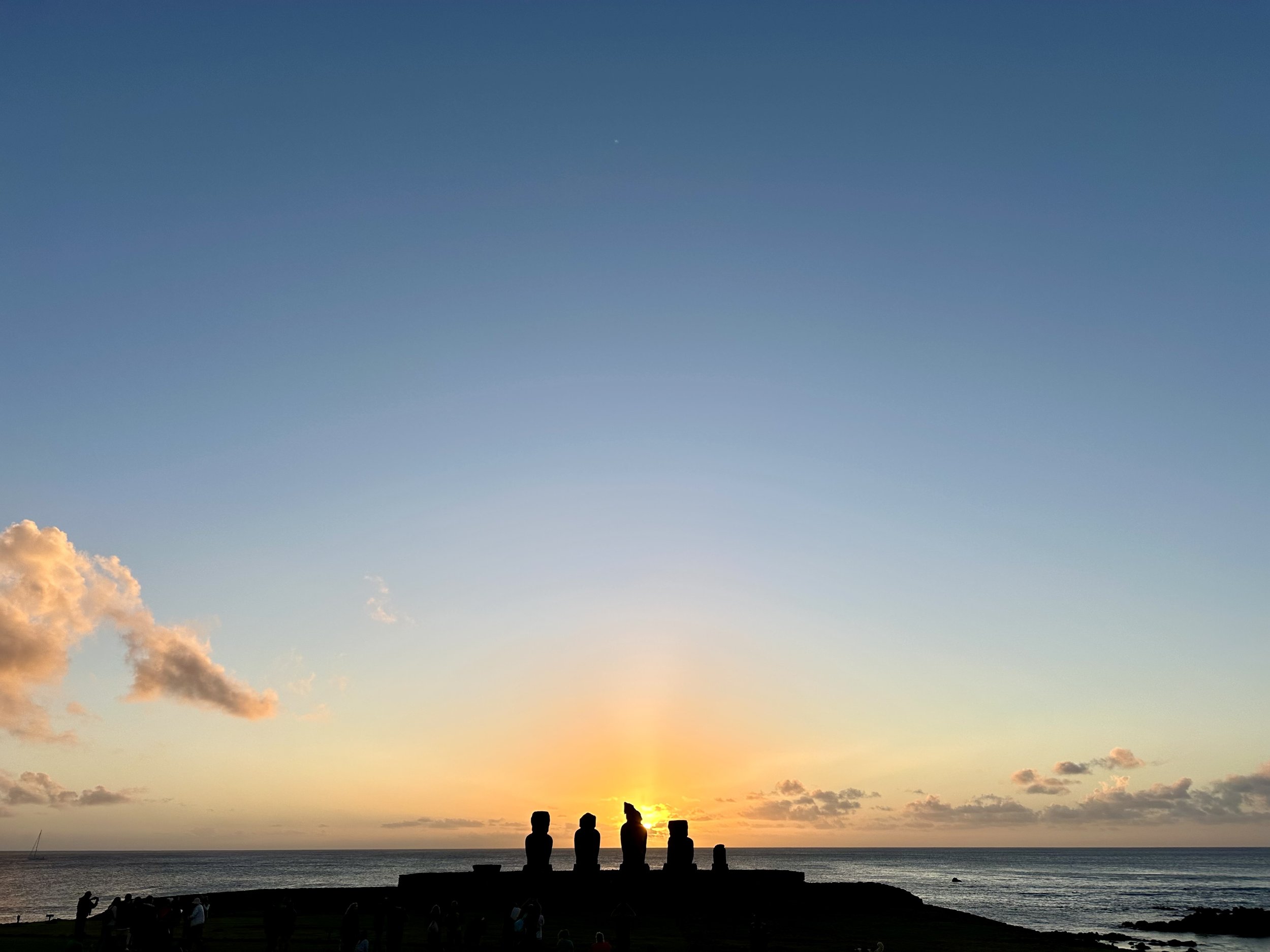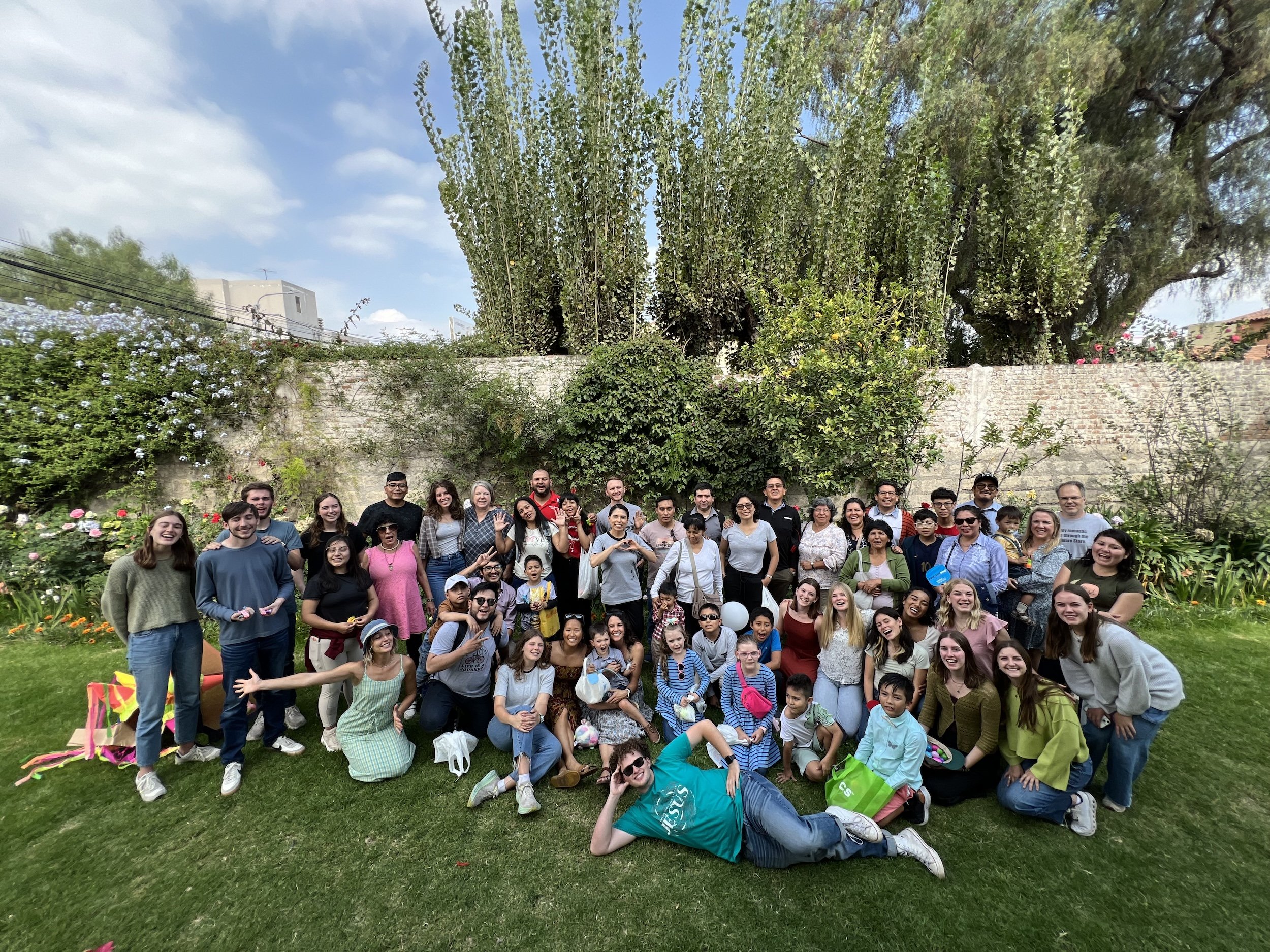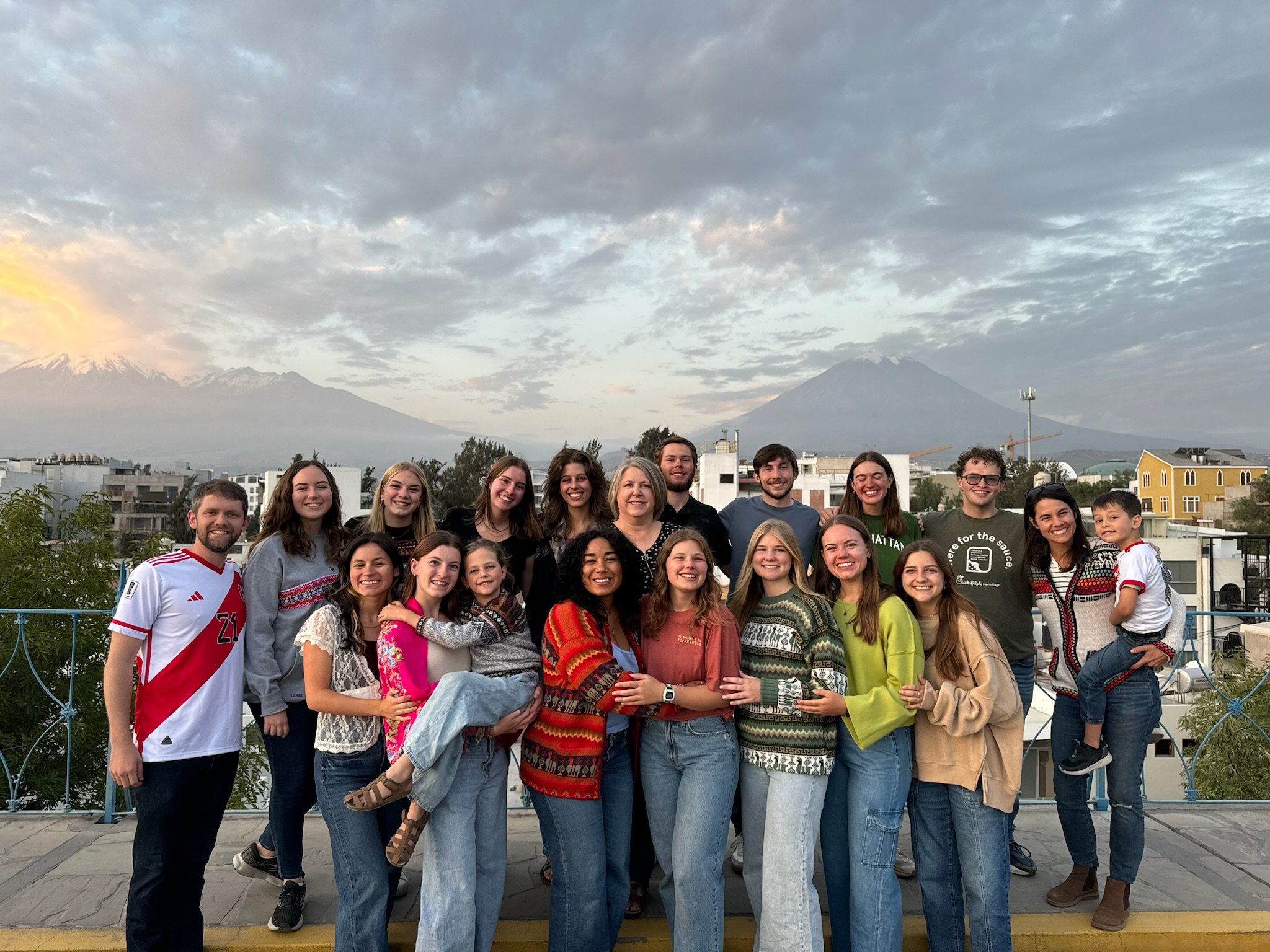(This article has been modified from an article I wrote for the HU International Programs newsletter at the end of April. You can see the original version here.)
Since 2019, a significant part of our lives and work in Arequipa has revolved around our role as directors of Harding University Latin America. Once a year, we receive 15-30 students to live and learn with us for three months. As HULA 2024 drew closer to the end, a lot of our “top moments” came to mind—and there’s a lot of those! A first tour where our eyes are open to tragic history at Espacio Memoria in Buenos Aires. Hiking one of the world’s most beautiful trails—Fitz-Roy to Laguna de los Tres in El Chalten. Walking on the Perito Moreno glacier or navigating the Beagle Channel and hiking in Tierra del Fuego National Park at the world’s southernmost tip until you see some penguins. There’s sandboarding on the dunes of Paracas and watching the sun set in the desert. There’s waking up in the Colca Valley and realizing you’re in one of the most beautiful places on earth. There’s fishing for piranhas in the vast Amazon rainforest in all its breathtaking diversity. There’s walking an ancient path all the way to Machu Picchu’s original entrance so that the Inca sanctuary becomes your classroom. And there's HULA's final trip, traveling to the most remote inhabited landmass on earth, Rapa Nui, and learning what it means to be human through the lens of that incredible history and culture.
By the way, I documented each of these trips with a reel on the HULA Instagram, if you'd like a 90-second glimpse of each.










As HULA director, what interests me just as much as those “top moments” are all of the smaller moments in between. It is often in the small, unassuming experiences that we connect the dots and begin to see more deeply.
Studying abroad is an invitation to see. There’s something special that happens when you decide to leave regular life behind for a few months. At HULA you join a community and enter into a new country as learners. In the liminal space that is created, there is an opportunity to learn and grow in special ways as your initial sense of disorientation transforms into deeper understanding, navigating the streets of a new city, and interacting with a new culture.
Our extended time in our home base of Arequipa is important for that reason. It’s an invitation to see the city deeply, beyond a cursory glance, beyond lazy reactions to cultural differences. To really see: its people, its story, its art and architecture and infrastructure that welcomes HULA for a time. And just maybe, as we move about the city with a humble curiosity, we can learn to see the presence of God in our neighbor.
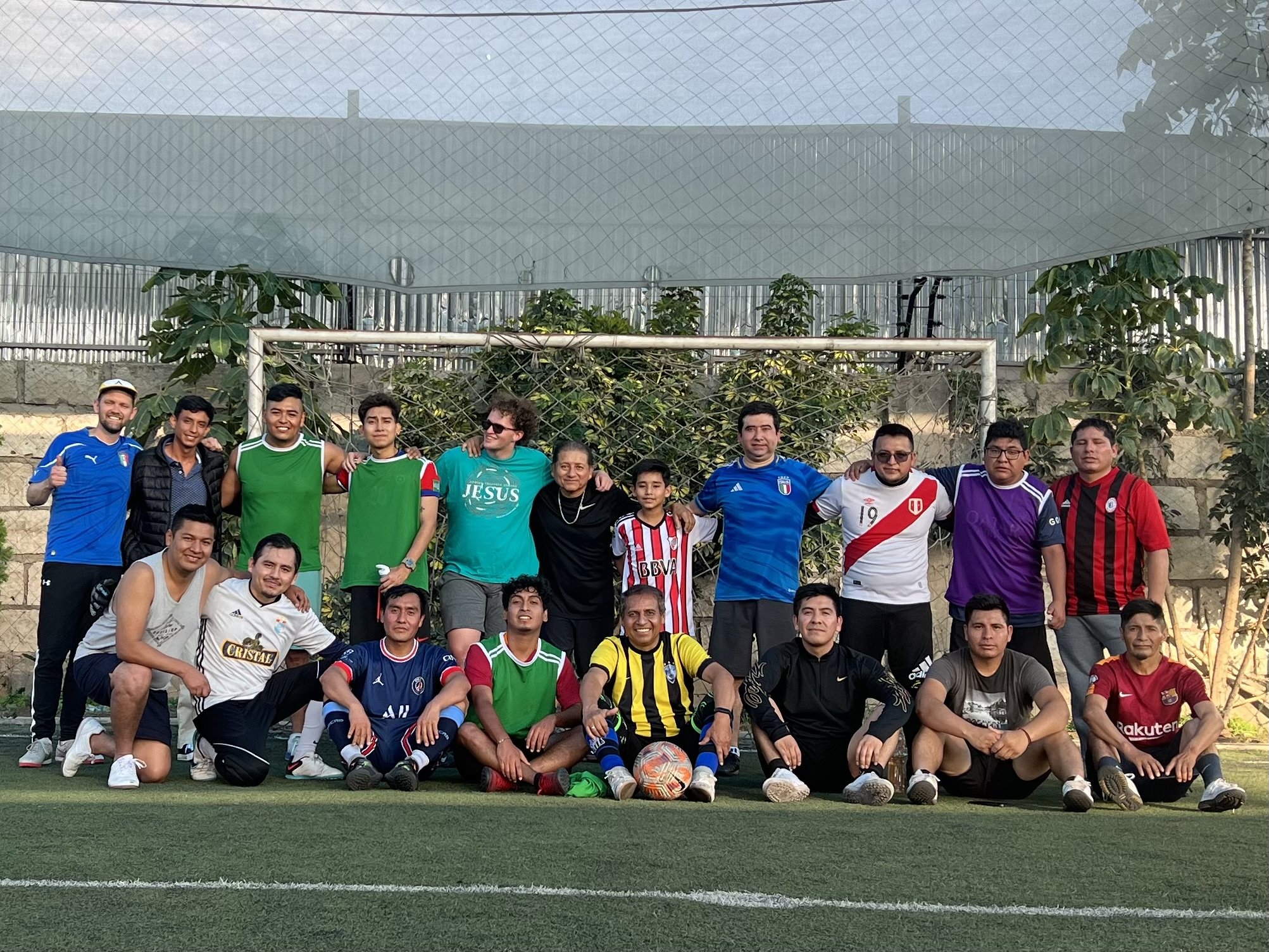
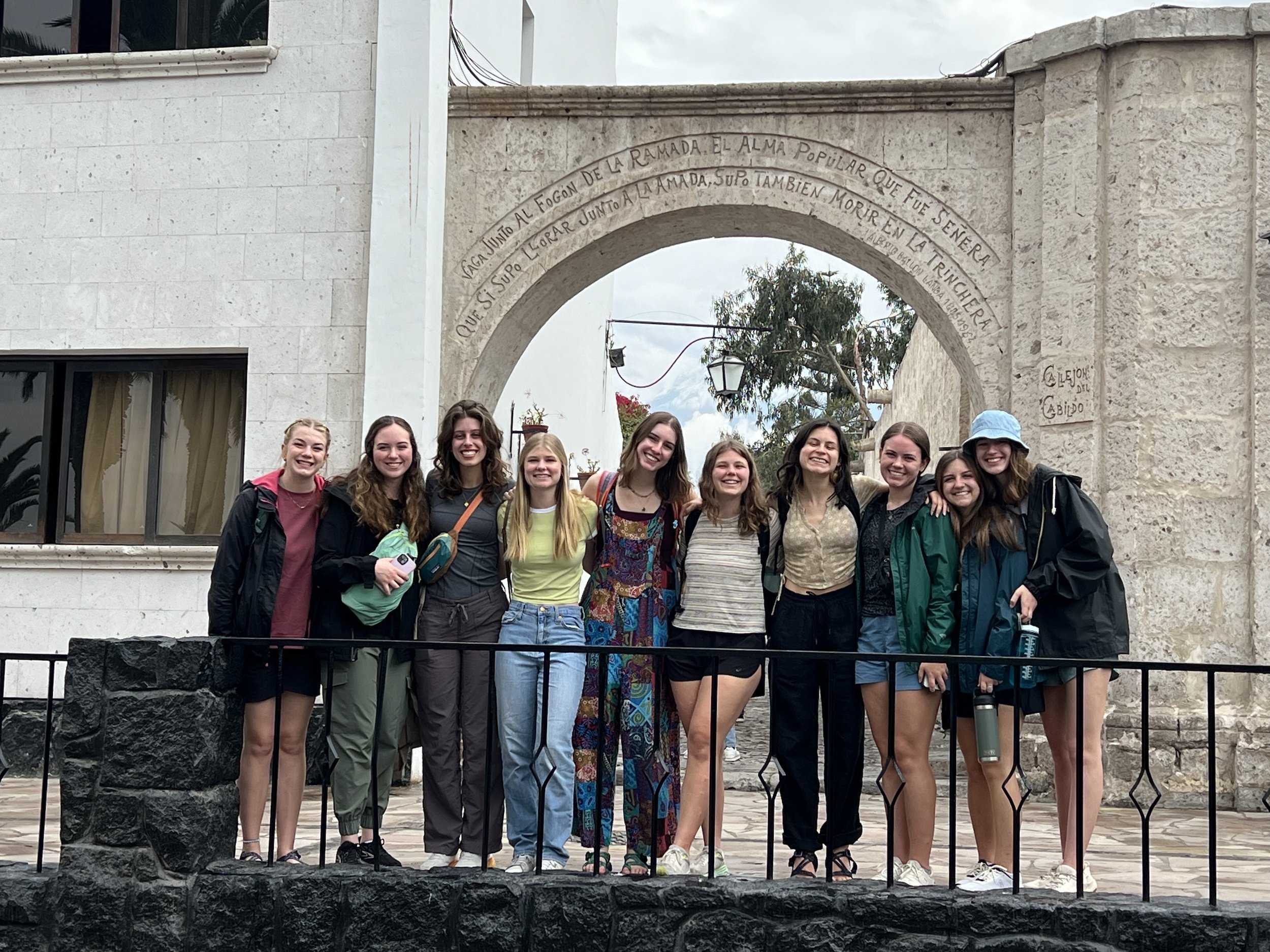
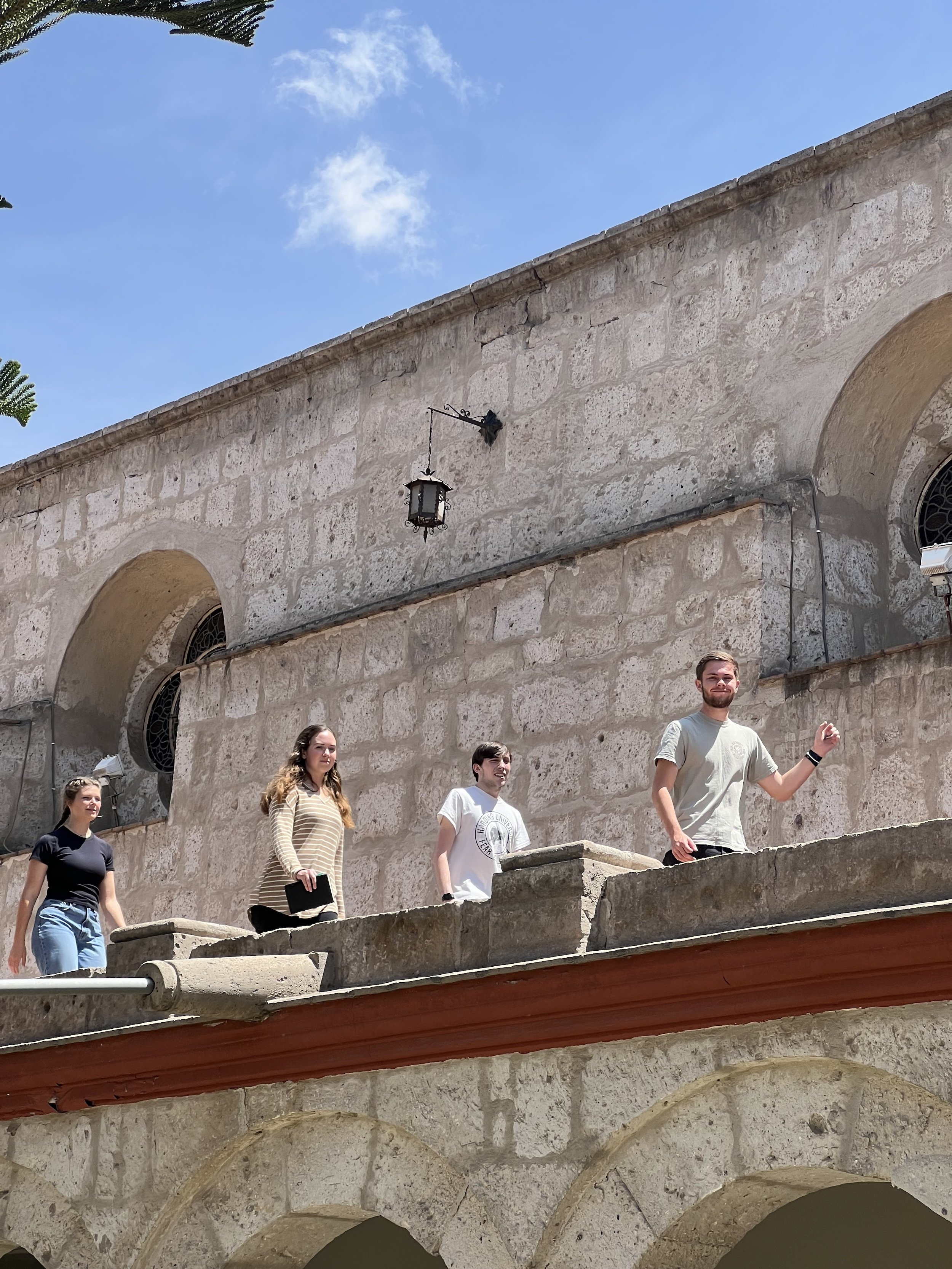
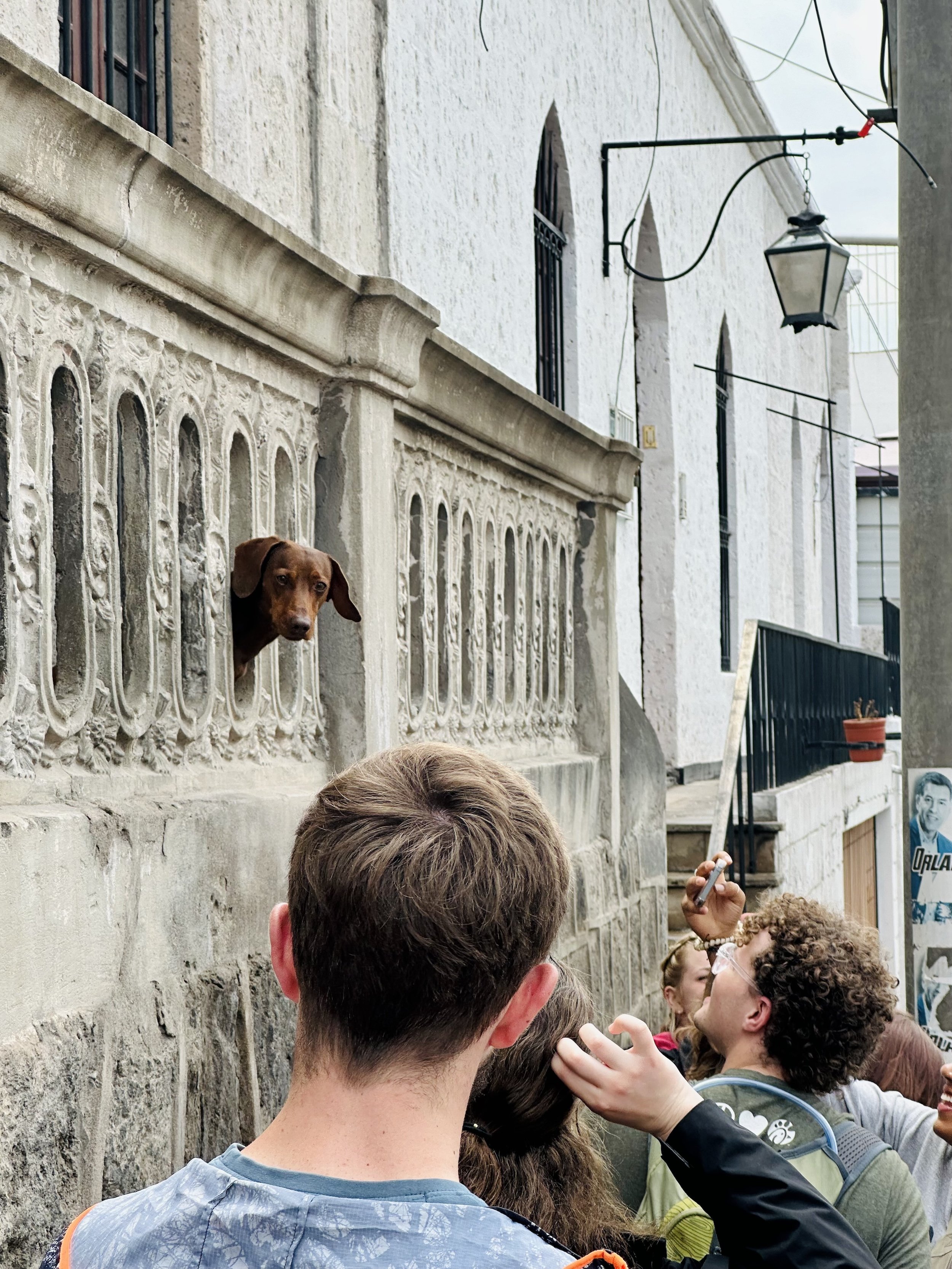
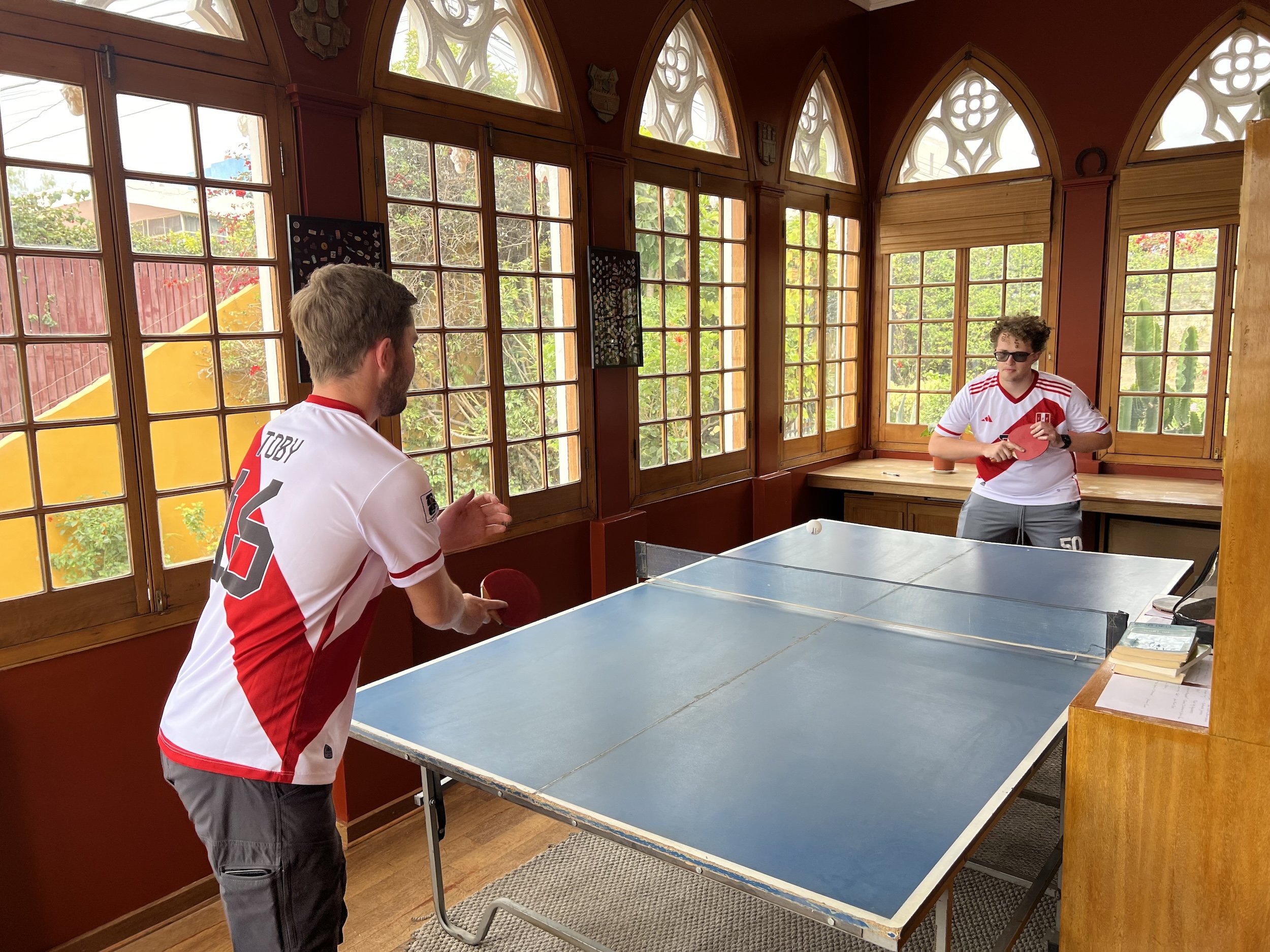
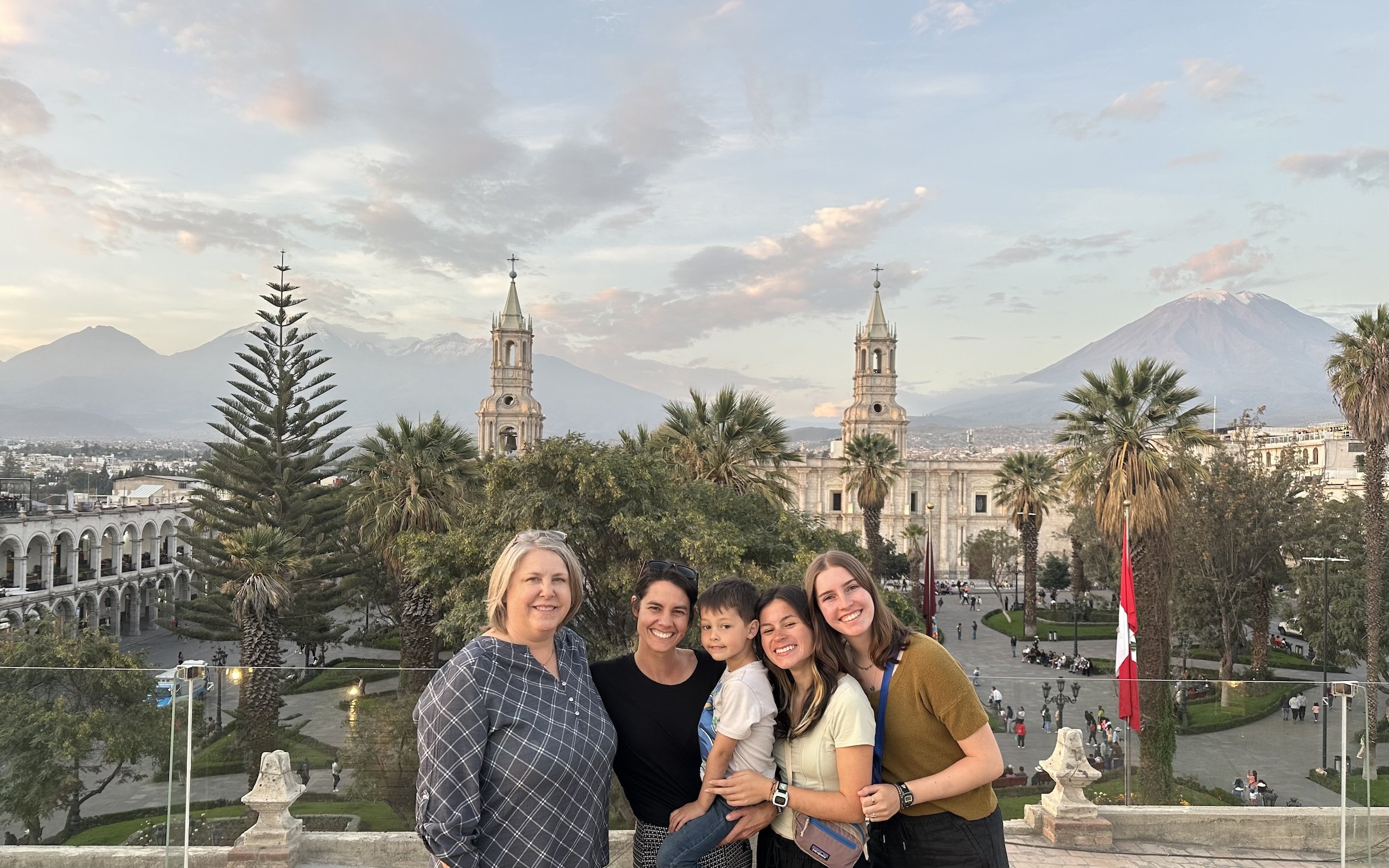
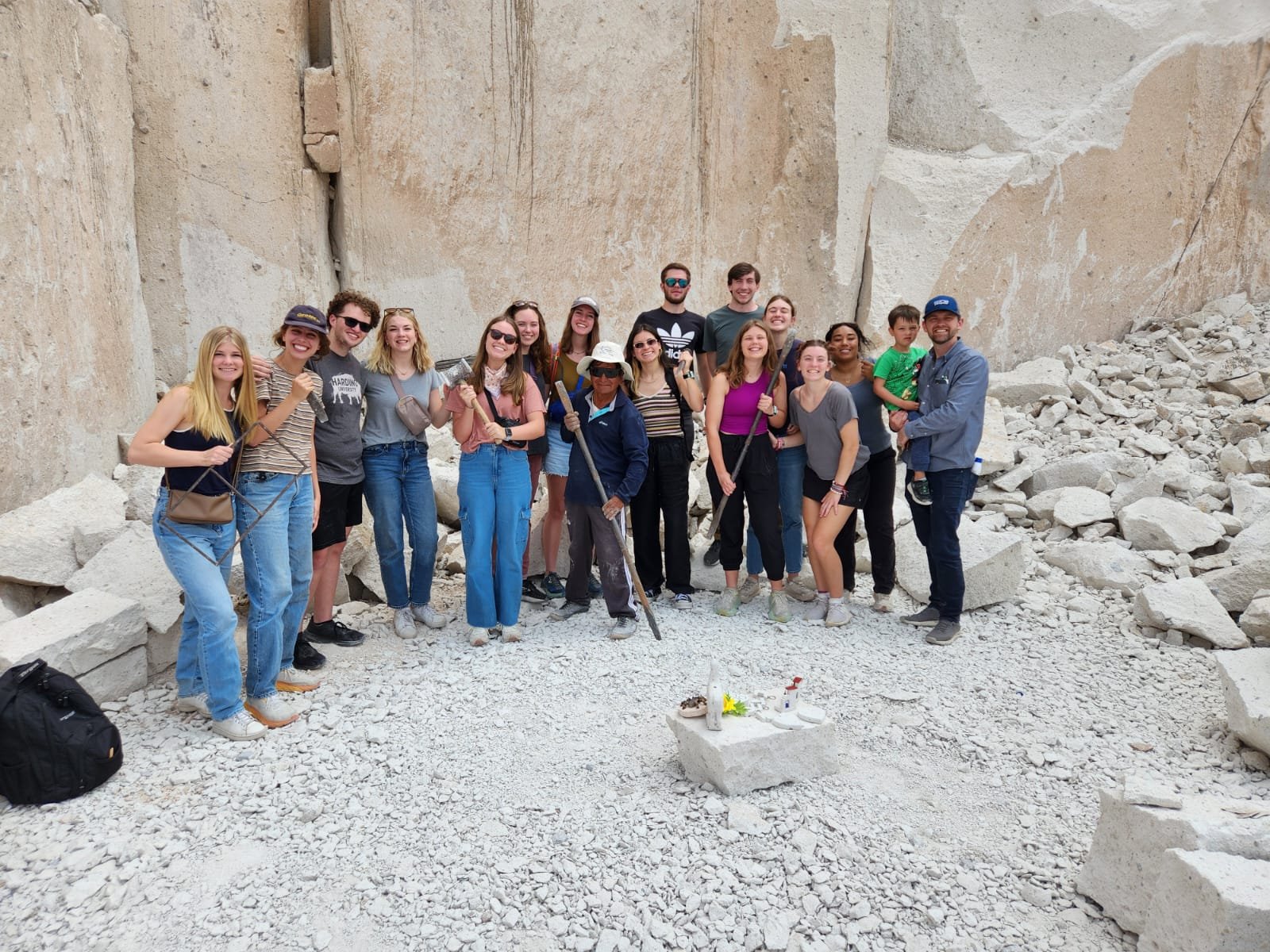
The invitation at HULA is simple but profound: through our experience with humanity in South America, can we learn something about what it means to be human? If God’s earth is, as I believe, a playground for diversity and learning, we ought to learn about God, others, and—ultimately—our own humanity, as we travel through it, attentive to the Spirit of God at work in all of the earth’s diversity. It’s more than just classes and some travel: it’s an invitation to see in a new and very tangible way.
I close with a few examples of just that, new lenses that have opened up a new way to see. These are excerpts of the students’ final essays wherein they reflect on what it means to be human:
Morgan:
I have never interacted with the world or the people in it like I have these past three months. To be human is to realize the beauty in every place, every person, every situation. To be human together is to cherish every conversation, every shared laugh—everything we have in common.
Alayla:
To be human in a world that God created means to be curious, not only in your faith, not only with God, but with present life itself. Learn, discover, be present when traveling or even learning about small things, find God in each thing you do because it creates a whole new purpose and meaning to what you do, find, or see…Being human together is inviting discomfort and unfamiliarity. To accept one another just as we are without any prejudice or stereotypes. To grow, learn from, and love each other.
Toby:
To be human is to lose, to make mistakes, and to stumble and fall. We fall—and we learn to pick ourselves up again. To be human is all those things I said before but to be human is also to persevere, to keep trying, to keep moving forward…to feel alive.
Jellybean:
In seeing the world, it shapes you. It is shaping me, and I think it will shape me for a while after this. I want to constantly be formed by travel and the vastness of God’s creation and humanity. To be human is to see the world in a new light that transforms who we are. To be human is to be surrounded by a community that gives you the capacity to grow.
HULA 2024 taught me so much this year. It's been a month since they left and I'm still thinking about and processing our time together. I'm deeply thankful.
I'll use the space at the end of this article to announce that Katie and I (and the kids!) will be the visiting faculty at Harding's Australasia program this fall. That means that we will be taking a 3-month leave of absence from Arequipa and will travel with and teach classes for the 39 students signed up for HUA 2024. From September to November we'll be in Australia, New Zealand, Japan, and Thailand. More on that in a future issue.
